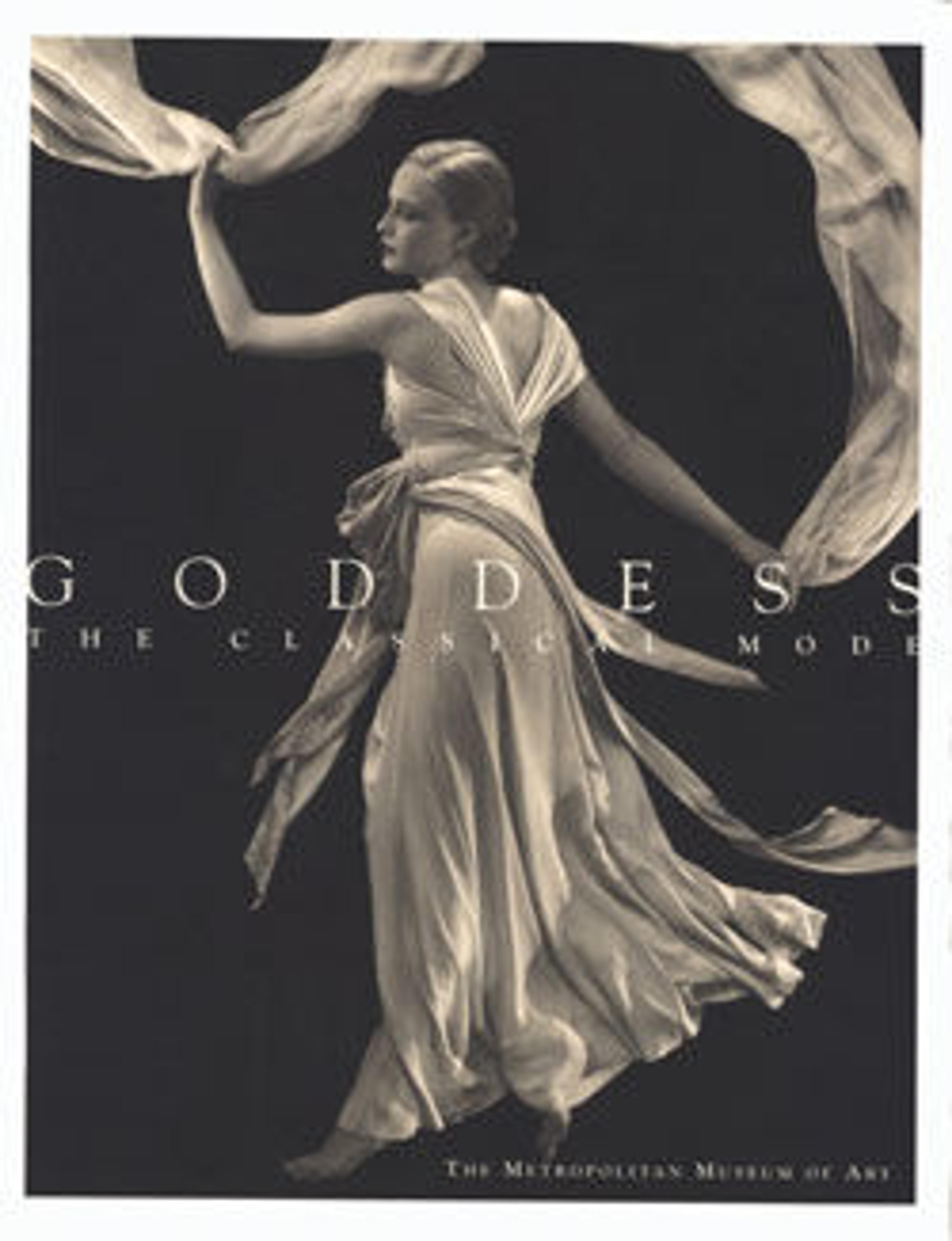The Pleiades
According to Greek mythology, the Pleiades were the seven daughters of Atlas and the nymph Pleione. Vedder first depicted the subject in his landmark artist’s book, “Rubáiyát of Omar Khayyám” (1884), for which he produced fifty-six full-page visual “accompaniments” for Edward FitzGerald’s translation of the twelfth-century text. Linked to quatrains thirty-four through thirty-six, the figures in “The Pleiades” symbolically represent the horoscope of the astronomer-poet Khayyam—as the stars under whose ascendency he was born. Together they hold aloft a thread of light from which six stars glow; a seventh has escaped from a break in the thread. Vedder returned often to his “Rubáiyát” imagery for creative inspiration, producing related decorative designs and oil paintings including this work and its preparatory studies.
Artwork Details
- Title: The Pleiades
- Artist: Elihu Vedder (American, New York 1836–1923 Rome)
- Date: 1885
- Culture: American
- Medium: Oil on canvas
- Dimensions: 24 1/8 x 37 5/8 in. (61.3 x 95.6 cm)
- Credit Line: Gift of George A. Hearn, 1910
- Object Number: 10.64.13
- Curatorial Department: The American Wing
More Artwork
Research Resources
The Met provides unparalleled resources for research and welcomes an international community of students and scholars. The Met's Open Access API is where creators and researchers can connect to the The Met collection. Open Access data and public domain images are available for unrestricted commercial and noncommercial use without permission or fee.
To request images under copyright and other restrictions, please use this Image Request form.
Feedback
We continue to research and examine historical and cultural context for objects in The Met collection. If you have comments or questions about this object record, please contact us using the form below. The Museum looks forward to receiving your comments.
